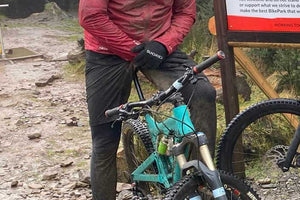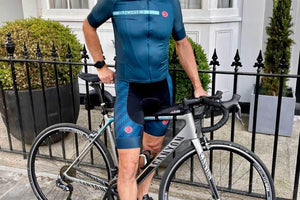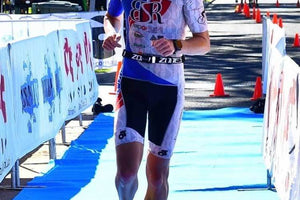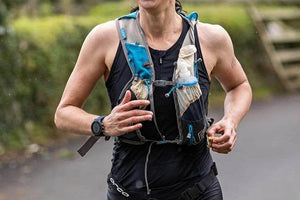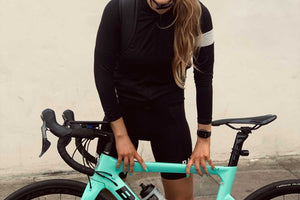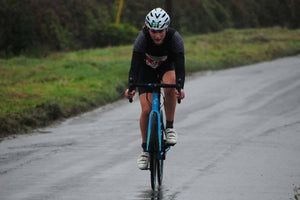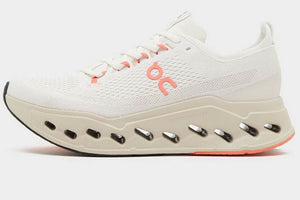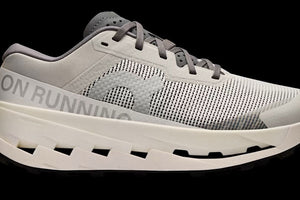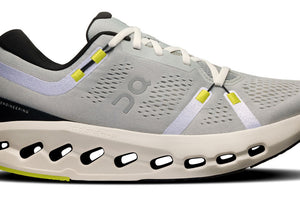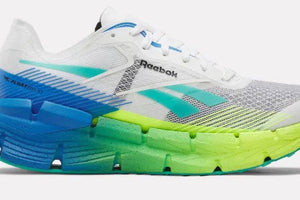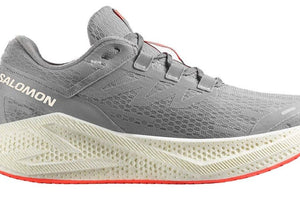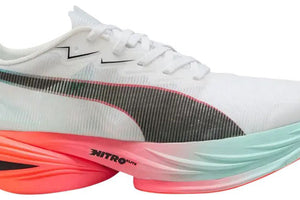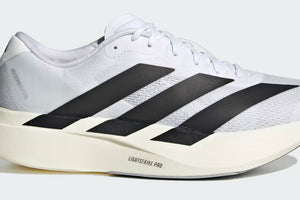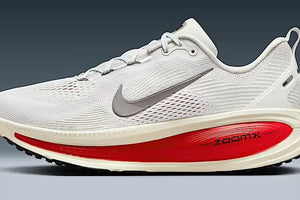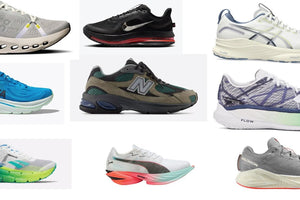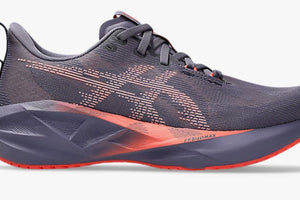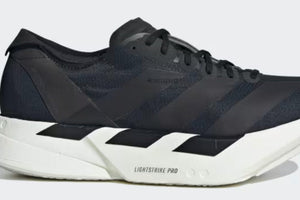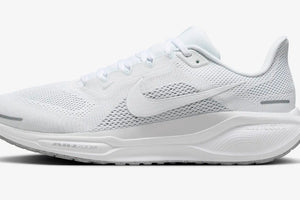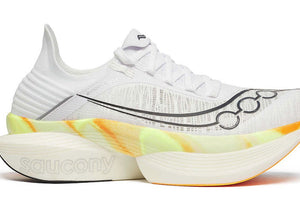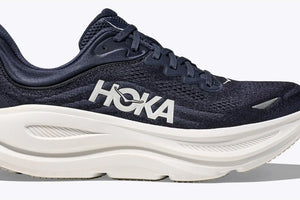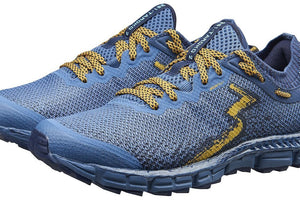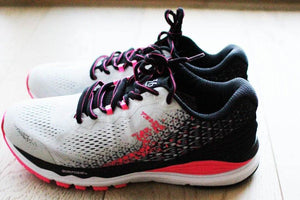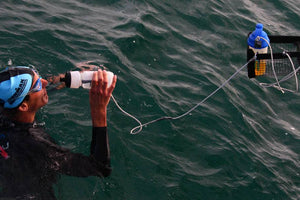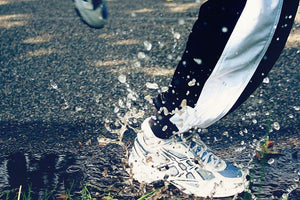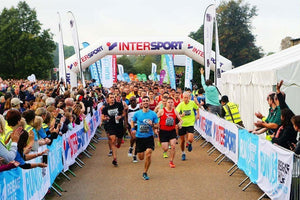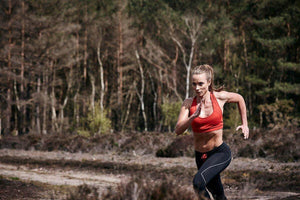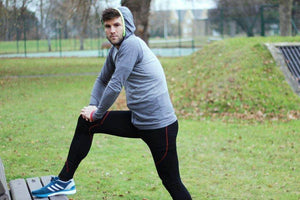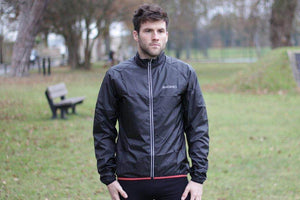🥶 How to Dress for a 0°C Run: The Complete Guide for Winter Runners
Winter has officially rolled into the UK-and the northern hemisphere-bringing that unmistakable, "Should I even go outside?" kind of cold. If you're a runner, you know the winter dilemma all too well: Start the run freezing, or finish the run overheated and drenched?
Running around 0°C (32°F) is uniquely tricky. It's not just cold; it's a perfect storm of moisture, wind, slush, sweat, and unpredictable ice. This guide breaks down the essential gear, physiology, and technique so you can head out confident, warm, and safe.
❄️ The 0°C Problem: Why Freezing is Worse Than Sub-Zero
It sounds strange, but running at exactly freezing is often harder than running in deep cold (like -10°C).
At -10°C, the air is dry. At +5°C, you're dealing with rain. But at 0°C you get the absolute worst of both:
-
Near-100% humidity
-
Wet snow, sleet, or freezing rain
-
Clothes that soak quickly
-
Sweat that can't evaporate
The real enemy isn't the cold-it's moisture. Sweat or slush, inside or outside-if it sticks to your skin, it will suck heat out of you like a vacuum.
🔥 The 10°C Rule: Dress Like It's Warmer
Runners generate heat-a lot of it. The classic rule for winter running is:
👉 Dress as if the temperature is 10°C to 15°C warmer than it actually is.
This means if it's 0°C outside, you should be wearing what feels comfortable at around 10°C to 15°C.
-
If you feel comfy and toasty at the start of your run? You are overdressed. You will overheat, sweat profusely, and then freeze later.
-
Start a little chilly. Within the first mile, your body will have warmed up, and you'll be perfectly regulated.
💨 Wind Changes Everything: Shell, Not Bulk
Most people respond to wind chill by adding more insulation. The pros know a better way:
| Condition | Dictates |
| Temperature | Insulation (Fleece, Mid-layers) |
| Wind/Rain | The Shell (Outer Layer) |
At 0°C plus wind, you don't need a thicker fleece. You need a windproof outer shell that stops the wind from stealing the heat your body is generating.
🧊 The Golden Rule: Stay Dry or Stay Miserable
Cotton? Forget it. That cheap hoodie or fleece-lined sweatpant is your worst enemy.
Cotton soaks and holds moisture like a sponge. The moment it gets damp, it becomes a heat conductor, pulling warmth off your skin.
The Fix: You must wear synthetics or merino wool-fabrics engineered to move sweat away while still insulating.
🏠 Essential Prep: The Indoor Warm-Up
Static stretches before a winter run are a bad idea; cold muscles don't like being yanked.
Your pre-run goal is simple: Get warm, get mobile, get moving. Indoors.
A 3-5 minute dynamic warm-up in your full running kit is perfect:
-
Jogging on the spot
-
Leg swings and knee hugs
-
Reverse lunges and trunk rotations
By the time you step outside, your "slightly cold" starting temperature will feel fine, and your injury risk will plummet.
💧 Don't Forget to Hydrate
It's easy to forget to drink in the cold. You don't feel as thirsty, you lose water through your breath ("steam"), and the cold makes you pee more.
-
Sip water throughout the day.
-
Drink approx 500ml of warm or room-temp water an hour pre-run.
-
Avoid ice-cold water-it forces your body to waste energy warming it up.
🧥 The Only Layering System You Need
Think of your clothing as your personal climate-control system:
| Layer | Purpose | Material Advice |
| 1. Base Layer | Wicks sweat away | Snug fit. Synthetic (high-intensity) or Merino wool (long, slow runs). |
| 2. Mid-Layer | Insulates | Lightweight or grid-fleece. Avoid bulk; remember the 10°C rule. |
| 3. Outer Shell | Stops elements | Windproof (mandatory in wind), Waterproof (mandatory in sleet), Breathable (always). |
🧣 Head, Hands, and Feet: Critical Extremities
The body shunts blood away from your extremities to protect your core, which is why they always freeze first.
Head & Neck
-
Must-Haves: A technical beanie or ear-covering headband.
-
Lung Protection: A neck gaiter (Buff) or balaclava.
-
Beware: Breath + cold = the "Frozen Gaiter Problem" (an ice mask). Combat this by nose breathing, rotating your Buff, or upgrading to a vented mask.
Hands
-
Best Option: Convertible Mittens. They offer the dexterity of a glove plus the superior warmth of a windproof mitten shell. Runners swear by them.
Feet
-
Rule 1: Merino is best. Your feet will get damp; wool stays warm even when wet.
-
Rule 2: Don't buy thick socks. If they squeeze your shoes, they reduce circulation, leading to colder toes. Choose light to mid-cushion merino running socks.
👟 Shoes, Traction, and Safety
| Element | Advice |
| Shoes | Waterproof (GTX) shoes are great for slush but can trap sweat. Many prefer non-GTX shoes paired with warm merino socks. |
| Traction | For icy patches, use low-profile ice traction (like NANOspikes / EXOspikes). Save MICRO spikes for deep snow or technical trails. |
| Visibility | Winter running is often in the dark. Use a headlamp to see hazards and flashing LEDs on moving limbs (wrists/ankles) so drivers see movement. |
🏁 The Post-Run "Golden Minute"
The moment you stop running, your internal furnace shuts off-but your wet base layer keeps conducting heat away. This is when runners get dangerously chilled.
As soon as you are indoors:
👉 Change out of ALL damp layers immediately.
Then hydrate with warm liquids and get some salt/electrolytes in.
✅ Your 0°C Winter Run Outfit Checklist
| Scenario | Base Layer | Mid/Outer Layers | Extremities | Must-Haves |
| Dry & Calm (Tempo) | Synthetic Midweight | Light fleece /vest + Breathable Jacket | Light gloves, Headband + Neck Gaiter | Start slightly cold! |
| Windy | Synthetic or Merino | Heavyweight Fleece + Windproof Jacket | Windproof Convertible Mittens | Wind barrier is key. |
| Wet (Sleet/Rain) | Merino (warm when wet) | Heavyweight Fleece + Waterproof Shell | Waterproof Mittens + Vented Mask | High-traction footwear (NANOspikes) if icy. |
🎯 Final Advice: Run Smart
Winter running isn't about toughness-it's about smart thermoregulation.
-
✔️ Start cold, stay dry.
-
✔️ Choose layers, not bulk.
-
✔️ Respect the wind and the ice.
-
✔️ Know when to call it and use the treadmill.
Run smart, and winter can become the most enjoyable, peaceful, and rewarding running season out there.
Quick Cothing Guide for Cold Weather Running
| Scenario | Base Layer (Material & Wt.) | Mid-Layer | Outer Shell | Hands | Head / Neck | Feet (Socks) | Feet (Traction) |
|
Scenario 1: Calm (<5 mph wind) & Dry Example: High-Tempo Run |
Synthetic Midweight |
None, or a light technical fleece (e.g., grid-fleece) |
Breathable Running Vest or light jacket |
Headband (to vent head) + Neck Gaiter (for lungs) |
Merino Blend (Light/Mid Cushion) |
None | |
|
Scenario 2: Calm (<5 mph wind) & Dry Example: Long, Slow Run |
Merino Wool Midweight |
Heavyweight Fleece or technical grid-fleece |
Breathable Running Vest or light jacket |
Beanie + Neck Gaiter (to rotate) |
Merino Blend (Light/Mid Cushion) |
None | |
|
Scenario 3: High Wind (>15 mph) & Dry Example: Any Run |
Intensity-dependent: Synthetic (Tempo) Merino (Long) |
Heavyweight Fleece |
Windproof Jacket (CRITICAL) |
Windproof Convertible Mittens |
Windproof Beanie/Balaclava |
Merino Blend (Light/Mid Cushion) |
NANOspikes (if black ice is a risk) |
|
Scenario 4: Wet (Sleet / Freezing Rain) Example: Any Run |
Merino Wool Midweight (for warmth-when-wet) |
Heavyweight Fleece |
Waterproof, Breathable Shell (CRITICAL) |
Waterproof Convertible Mittens |
Beanie + Vented Mask (to prevent freezing) |
Merino Blend (NOT waterproof socks) |
NANOspikes (ice is guaranteed) |





